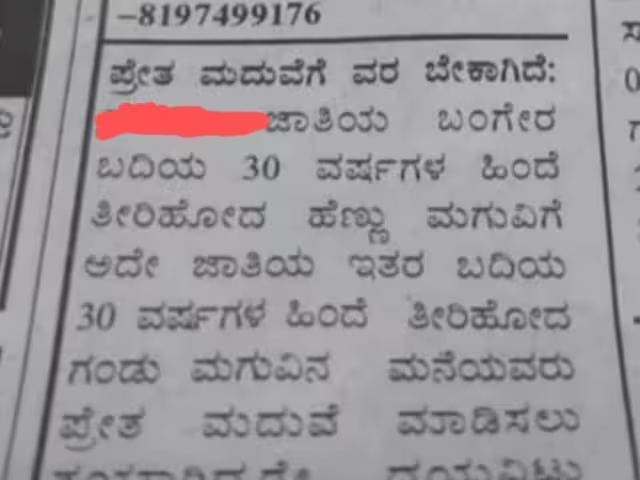Advice, Facilities, Hydroelectric Collaboration, and Train Connections: Lessons From The India-Bhutan Joint Declaration
Prime Minister Narendra Modi conveyed to his visiting Bhutanese counterpart, Tshering Tobgay, India’s steadfast commitment to fostering collaboration with the neighboring nation in its pursuit of attaining high-income status, as per the Ministry of External Affairs (MEA). This underscores the enduring bond between the two countries.

Accompanied by a delegation comprising his eminent ministers, Tobgay is presently on an official visit to India from March 14–18, marking his first foreign visit since assuming office in January. During his sojourn, Prime Minister Tobgay paid respects to President Droupadi Murmu and engaged in deliberations with Prime Minister Modi, encompassing a wide array of bilateral cooperation and regional concerns of shared interest.
External Affairs Minister Jaishankar, Power Minister RK Singh, and National Security Advisor Ajit Doval also convened with the Bhutanese Prime Minister. Both leaders acknowledged that the exemplary camaraderie between India and Bhutan serves as a pillar of strength for both nations and the broader region, as per a statement by the MEA.
Highlighted below are the key points from the joint statement issued during Prime Minister Tobgay’s visit:
- Robust Bilateral Relations: Both leaders recognized the robust friendship between India and Bhutan, reaffirming their determination to further fortify the longstanding and exceptional bilateral relations between the two nations.
- Development Assistance to Bhutan: India’s substantial contribution of INR 5000 crores to Bhutan’s 12th Five-Year Plan has significantly bolstered Bhutan’s socioeconomic welfare. The MEA outlined that India’s assistance will be directed towards infrastructure development and fostering connectivity in its broadest sense.
- India’s Pledge: Prime Minister Modi reiterated India’s unwavering commitment to bolstering Bhutan’s progress, with a focus on infrastructure, connectivity, and various sectors.
- Hydro-Power Collaboration: India and Bhutan reiterated their commitment to expanding cooperation in hydro-power and commended the advancements in ongoing projects. Both sides acknowledged the progress in the construction of the 1020 MW Punatshangchhu-II hydropower project.
- Railway Connectivity: Progress towards establishing two railway links—Banarhat (West Bengal)–Samtse (Bhutan) and Kokrajhar (Assam)–Gelephu (Bhutan)—was noted by both parties. The Northeast Frontier Railway (NFR) is conducting the Final Location Survey (FLS) for these railway links.
- Diversifying Energy Partnership: India and Bhutan concurred on broadening their energy partnership to encompass non-hydro renewables and environmentally friendly initiatives. Both sides reaffirmed the importance of close collaboration in the energy sector.
- Youth and Sports: Bhutan expressed gratitude for India’s assistance in developing sports infrastructure, with both nations pledging to enhance collaboration in youth and sports development. Additionally, both sides committed to strengthening cooperation in education, including STEM disciplines.
- Mutual Trust and Understanding: The partnership between India and Bhutan is marked by unwavering trust and goodwill at all levels, bolstered by strong people-to-people ties. Prime Minister Tobgay’s visit underscores the tradition of regular high-level exchanges between the two nations.







